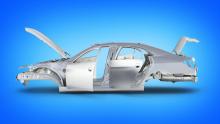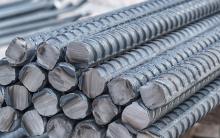Using hydrogen to reduce industry’s carbon footprint

The steel industry is one of the world’s biggest greenhouse gas emitters. To change this, the EU and industry-funded H2Future project is showing how a steel production plant can operate using green hydrogen made from renewable electricity. Once finalised, this new technology could play a key role in helping Europe meet its goal of becoming climate-neutral by 2050.



